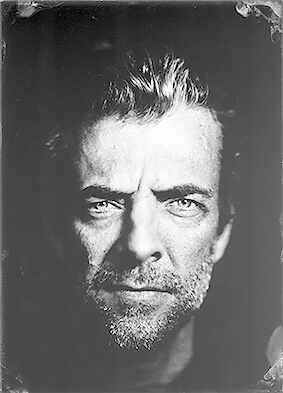Jean-Michel Clajot is an independent documentary photographer based in Brussels. For nearly 25 years, he has focused on intimate stories about African and Asian families and subcultures.
As of July 2006, He joined Cosmos Photo Agency (Paris) for 12 years. In 2019, He joined the great Redux Pictures agency (New-York) as
a worldwide represented photographer, to focus on a combination of long-term personal projects, breaking news and client assignments.
Jean-Michel's work has been published in multiple press media such as Le Monde, CNN.com, National Geographic, Newsweek, Time, Grands Reportages, China News...
In 2008, the three years project "Scarifications", photographing the Scarifications Culture in Benin, has been published in a book by Yovo Editions and shown in galleries in Brussels, Paris and Italy. The book was selected in 2008 by National Geographic for the LOOK3 Exhibit in Charlottesville, in the USA.
In 2014, "Born To be a Woman" was exhibited at the Hirado Trading Post Museum in Japan.
His photography is featured in art galleries worldwide, including Cosmos Gallery in Paris, Ikono in Brussels, the Arte Foto Festival in Italy and
Visa Pour l'Image International Festival of Photojournalism.
